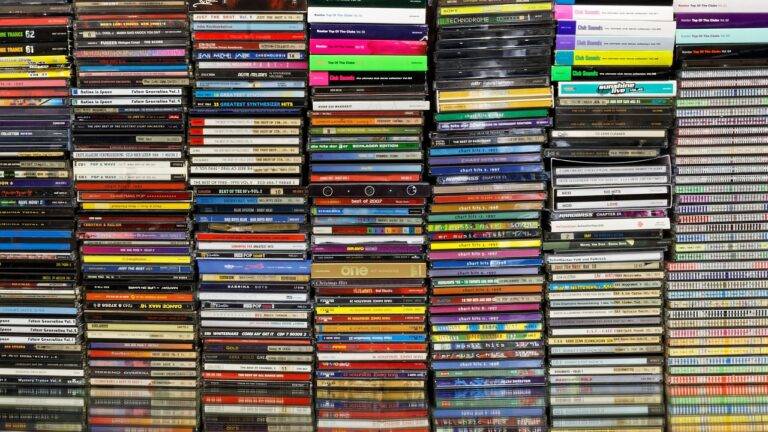The Role of Virtual Reality in Theater: Immersive Experiences Beyond the Stage
As technology continues to advance rapidly, the world of theater is also experiencing a transformation through the integration of virtual reality. Traditional theatrical performances are now being reimagined and enhanced by the immersive qualities of VR, offering audiences a whole new way to engage with storytelling.
With virtual reality, audiences have the opportunity to step inside the world of a production, allowing them to experience the performance from different perspectives and angles. This interactive element brings a new level of engagement and intimacy to the theatrical experience, blurring the lines between the physical and digital realms.
Exploring the Intersection of Technology and Traditional Performance
In the realm of performance arts, the integration of technology with traditional forms has been a dynamic and compelling journey. The emergence of virtual reality (VR) has ushered in a new era, offering audiences immersive experiences that blur the lines between the physical and digital worlds. This innovative approach has redefined the possibilities of storytelling, allowing for unique, interactive narratives that engage viewers in ways previously unimaginable.
As creators and artists continue to push the boundaries of what is possible, the intersection of technology and traditional performance has created exciting new avenues for collaboration and exploration. From incorporating projection mapping in stage design to harnessing motion capture technology for enhanced choreography, the fusion of these two worlds has opened up endless opportunities for innovation and creativity. By embracing these cutting-edge tools, performers are able to captivate audiences like never before, fostering a deeper connection and appreciation for the arts.
How has virtual reality changed the theatrical experience?
Virtual reality has allowed for immersive and interactive experiences that were previously not possible in traditional theater settings.
Can technology enhance traditional performances?
Yes, technology can enhance traditional performances by adding visual effects, interactive elements, and new ways of storytelling.
Are traditional performances losing their charm with the rise of technology?
Not necessarily. While technology is changing the way performances are presented, traditional performances still hold value and significance in the arts world.
How can artists effectively incorporate technology into their performances?
Artists can effectively incorporate technology into their performances by experimenting with different tools and techniques, collaborating with tech experts, and staying current with technological advancements.
What are some examples of successful collaborations between technology and traditional performance?
Examples include interactive stage designs, augmented reality experiences during live performances, and virtual reality adaptations of classic plays.





